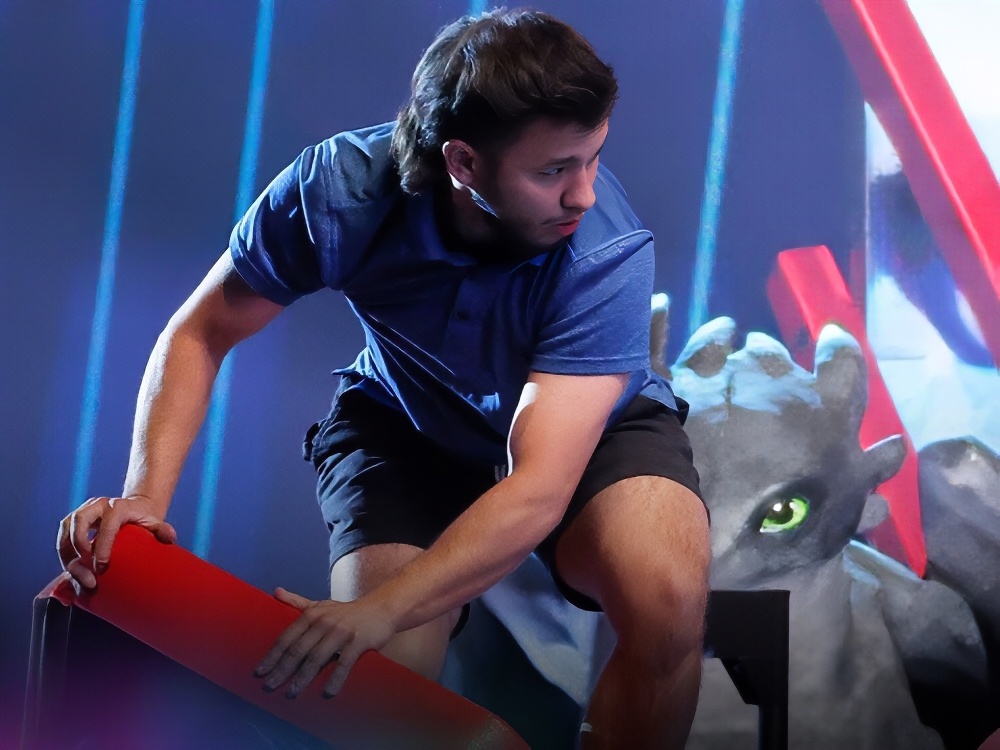As debates over transgender athletes rage on, trans men like Charlie Hoskins and Clayton Jay Reeves are carving out space in the sporting world, challenging not just physical barriers—but the very concept of masculinity.
While political focus has often fallen on trans women in sport, these two athletes offer an underrepresented view: that of trans men navigating hypermasculine spaces, pushing back against stereotypes while embracing their own versions of manhood.
Racing Against Toxic Masculinity
Charlie Hoskins, a 22-year-old trans man and elite middle-distance runner with New York Road Runners, has often encountered cis men uncomfortable with being overtaken by someone smaller or perceived as less “masculine.”
“When I’m running races… cis men don’t like it when I overtake them,” says Hoskins. “And I take that as an invitation to prove that I’m faster.”
At just 5’2″, Hoskins is lightning-fast—and proud of it. But his small frame and openness about being trans mean he’s often underestimated.
Originally from Australia, where masculinity tends to lean heavily into the ‘blokey’ rugby culture, Hoskins says he always felt disconnected from that version of manhood. Instead, he’s learned to embrace a quieter, more grounded masculinity.
“My masculinity centres on my self-knowledge as a trans man. I don’t feel the need to conform to traditional versions of masculinity—whatever that even means.”
Despite early tension in his sporting life—even at Columbia University—Hoskins says his gender euphoria is closely tied to athletic expression.
“The first time I ran after top surgery felt like runner’s high times a million,” he recalls. “It finally felt like my body belonged to me.”
Ninja Warrior & Navigating the Gym Bros
For 25-year-old Clayton Jay Reeves, who competed on NBC’s American Ninja Warrior, the path to athletic excellence has been lined with microaggressions, mistrust, and ego-driven hostility.
“When men don’t know I’m trans, I fit in pretty well,” he says. “But once they find out, they feel like I’ve ‘tricked’ them or they try to dominate me.”
Reeves is just 5 feet tall and weighs 117 pounds—but he’s agile, powerful, and resilient. Still, he’s faced ugly backlash, including a former friend outing him out of jealousy after he advanced on American Ninja Warrior.
“He told everyone, ‘You only got on because you’re trans.’ That really hurt. But that’s toxic masculinity—it’s ego and insecurity dressed up as strength.”
Reeves, who lives in conservative Iowa, is careful about when and where he discloses that he’s trans, especially for safety.
Despite the challenges, he thrives through sport—and uses his platform to inspire trans youth and their families.
“I get so many messages saying, ‘You’re helping my kid feel confident about their body.’ That’s why I’m here.”
Redefining Masculinity
Both Hoskins and Reeves say their journeys have helped them develop their own definitions of masculinity—ones unbound by stereotypes.
“Being perceived as a man now, I try to show up for women more intentionally,” says Hoskins. “Masculinity doesn’t have to mean dominating—it can mean protecting, listening, showing up.”
For Reeves, vulnerability and emotional openness are part of what makes him strong.
“A lot of cis men think emotions are weakness,” he says. “But I think it’s a superpower.”
From Exclusion to Euphoria
As kids, both athletes avoided heavily gendered sports because of dysphoria. Reeves avoided gymnastics because of leotards; Hoskins felt disconnected from the image of the ‘ideal female athlete’ despite his success on the girls’ track.
“Running after top surgery made me feel so euphoric,” says Hoskins. “Sports gave me a kind of freedom I hadn’t experienced before.”
“Working out, building a masculine chest—those things made me more confident in my gender,” Reeves adds. “It didn’t make me weaker. It made me stronger.”
Their message is clear: Transness isn’t a barrier—it’s a strength.























